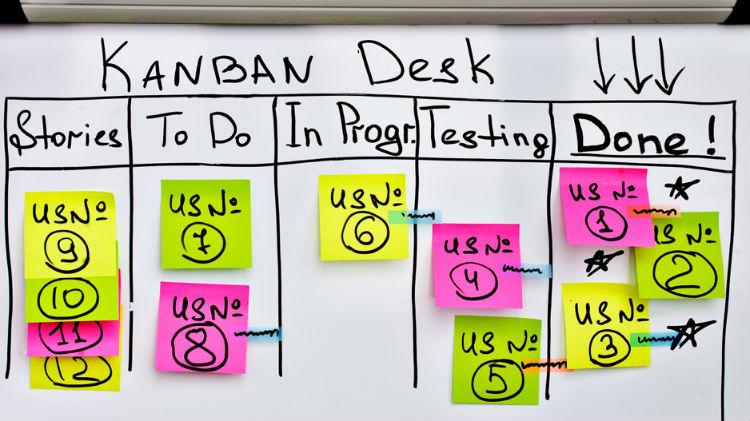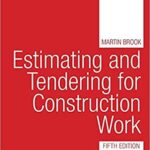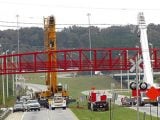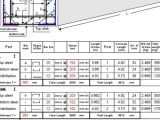
What is Kanban?
18 February 2019Most projects can be viewed as a process – a series of steps or tasks that achieve some desired result. There are all kinds of processes – simple and complex, individual and team, quick and time-consuming. Sometimes large or over-arching processes consist of a series of smaller pro-cesses.Kanban is a tool for managing the flow of materials or information (or whatever) in a process. Not having the materials, whether it is a part, a document, or customer information, at the time you need it causes delay and waste. On the other hand, having too many parts on hand or too much work in process (WIP) is also a form of waste. Kanban is a tool to learn and manage an optimal flow of work within the process.
There are three basic rules to implementing Kanban:
01. Visualize Workflow
A visual representation of the process lets you see exactly how tasks change from being “not done” to “done right”. The more complex a process is, the more useful and important creating a visual workflow becomes, but kanban can be used if there are just a few steps (do, doing, done) or a lot of steps (plan, design, draft, approve, schedule, imple-ment, test, integrate, deploy).
However complex the project may be, creating a kanban board allows you to see the status of the work being done at a glance.
02. Limit Work in Process (WIP)
Get more done by do-ing less. It may seem counterintuitive, but it is a powerful idea that has been proven time and time again to be true. There is a limit to the number of things you can be working on and still do them well, and that limit is often lower than you think. Whether a project is simple or complex or whether the team is small or large, there is an optimal amount of work that can be in the process at one time without sacrificing efficiency. It’s not uncommon to find that doing ten things at once takes a week, but doing two things at once takes hours, resulting in twenty things being done by the end of the week. Kanban metrics lets you find that optimal number.
03. Measure and Improve Flow
mprovement should al-ways be based on objective measurements, and kanban is no different. Finding and applying good metrics is usually a difficult step, but a few simple measures automatically generated by an application like Kanbanery can give you the information you need to tweak your process to optimize flow and maximize efficiency.
One of the great things about kanban is that you apply it to your existing process. You are simply identifying ways to improve what you are already doing, so you don’t have to start from scratch and you don’t have to worry about “throwing the baby out with the bath water” – meaning that you won’t lose the things you are already doing well. No sudden changes means there is minimal risk in apply-ing kanban as part of your improvement journey.







